
This article is aimed to describe FreeBSD OS as a platform to launch cloud guest OSes with simple API capabilities, using MyBee and DevOPS I really like!

This article is aimed to describe FreeBSD OS as a platform to launch cloud guest OSes with simple API capabilities, using MyBee and DevOPS I really like!

A few weeks ago we wrote an article about Docker and WebRTC servers and talked about the intricacies of launching containers. Our readers (rightly) questioned whether Docker was a suitable tool for production, for the following reasons:

The potential of VoIP to your customers is simply phenomenal. Businesses are experiencing the advantages of VoIP’s cost-efficiency and reliability and now you can pass these benefits onto your own customers very easily. Cloud telecommunication is sophisticated and easily integrated. Confidence in this technology is growing fast. There has never been a better time to start talking to your customers about adopting this solution. It will deliver huge business benefits for them and has the potential to increase business income and profitability.

Network architecture at hyperscalers is a subject to constant innovation and is ever evolving to meet the demand. Network operators are constantly experimenting with solutions and finding new ways to keep it reliable and cost effective. Hyperscalers are periodically publishing their findings and innovations in a variety of scientific and technical groups.
The purpose of this article is to summarize the information about how hyperscalers design and manage networks. The goal here is to help connecting the dots, dissect and digest the data from a variety of sources including my personal experience working with hyperscalers.
DISCLAIMER: All information in this article is acquired from public resources. This article contains my own opinion which might not match and does not represent the opinion of my employer.

Microservices Architecture is a well-known pattern for building a complex system that consists of loosely coupled modules. It provides better scalability, and it is easier to develop a system in multiple teams so that they don’t interfere with each other too much. However, it is important to choose the right way of communication between the services. Otherwise, this kind of architecture can do more harm than good.
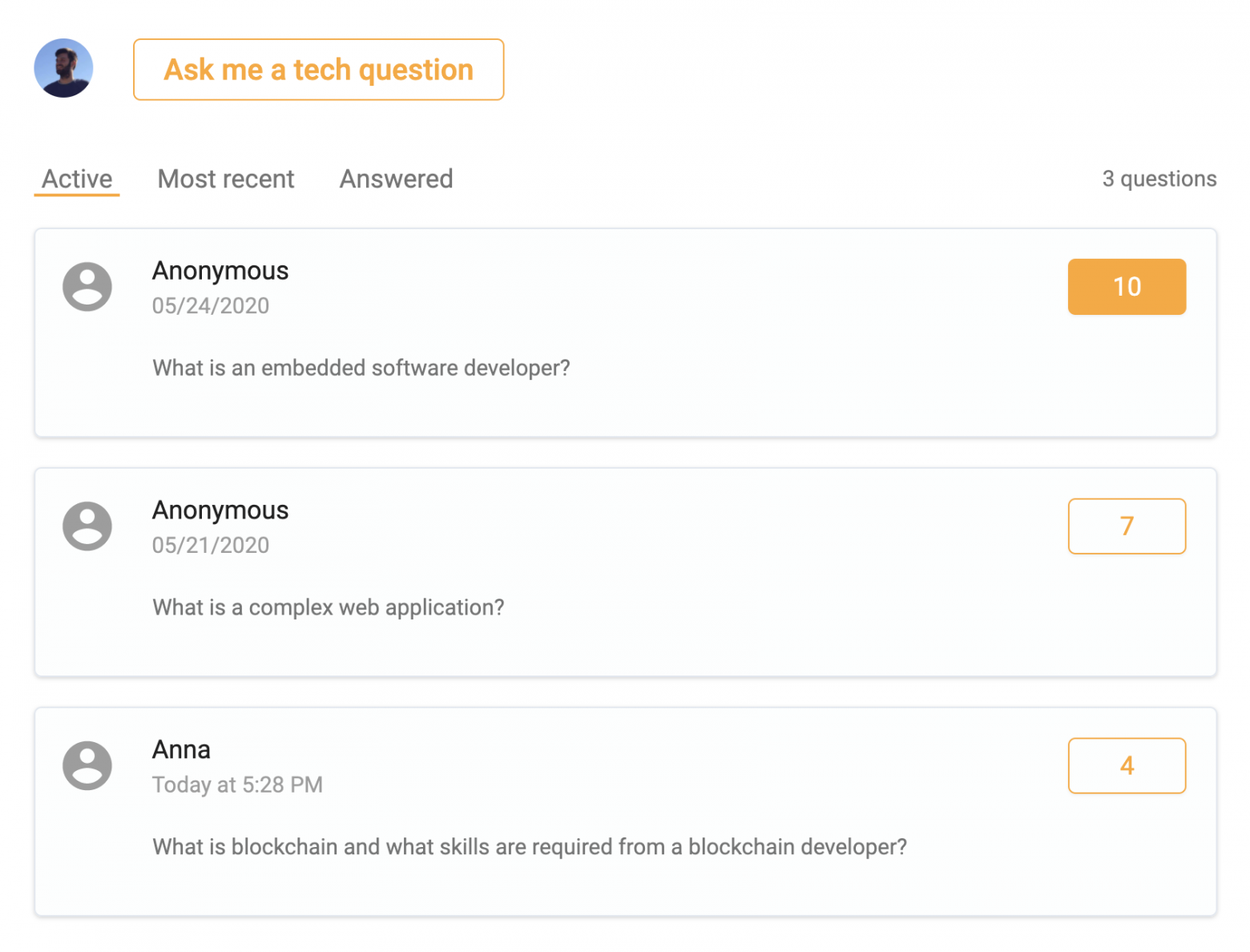
Originally posted on DEV.to
In my previous post, I touched on the point that Redis is more than just an in-memory cache.
Most people do not even consider Redis as a primary database. There are a lot of use cases where Redis is a perfect choice for non-cache related tasks.
In this article, I will demonstrate how I built a fully functional Q&A board for asking and upvoting the most interesting questions. Redis will be used as a primary database.
I will use Gatsby (React), Netlify serverless functions and Upstash Serverless Redis.
Upstash has been a good choice so far and I decided to try it out in a more serious project. I love everything serverless and how it makes things simpler for me.
Serverless will be a great choice for most tasks however you need to know the pros and cons of the tech you are using. I encourage you to learn more about serverless to get the most out of it.
The developer or owner of a software product often faces the question of choosing a suitable location for hosting server capacity. As you know, software always meets hardware.
In the previous article we refreshed our memory of WebRTC CDN and the ways this technology helps to minimize latency for WebRTC streams. We also discussed why load balancing and autoscaling wouldn't be amiss in CDNs. Here are the main points from the article:

The modern browsers do not give users a choice between using WebRTC and not using it. And while you can playback streams using HLS or MSE, WebRTC remains the only tool for capturing camera feeds and publishing streams from a browser. The browser developers have accepted this "format" and integrated it into their products – just as they used to support the Flash Player as a plugin. The only difference is that WebRTC comes natively integrated into the browser — as code, not a plugin. If, in a few years, a new and better library for video streaming is introduced they will undoubtedly make a switch. But these days, Chrome maintains its dominance, so no contenders for WebRTC are in sight.

Setting up Atom for working with python is quite a tricky task. I've spent a lot of time making it work. Autocompleting, autoformatting, type hints, and much more will be available to you after reading this tutorial.
The vast majority of IT specialists in various fields strive to perform manually as few actions as possible. I won't be afraid of the loud words: what can be automatized, must be automatized!
Let's imagine a situation: you need to deploy a lot of servers of the same type and do it quickly. Quickly deploy, quickly undeploy. For example, to deploy test rigs for developers. When development is carried out in parallel, you may need to separate the developers, so they don't impede each other and possible errors of one of them don't block the work of the others.
There may be several ways to solve this problem:
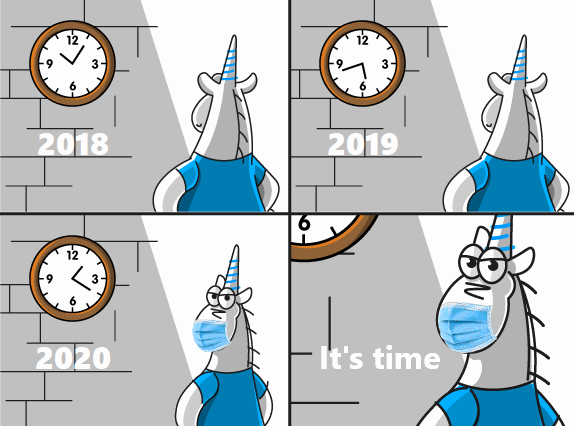
The PVS-Studio website turns 15 this year. This is quite significant for any internet resource. Back then, when our website was born, Russia announced 2006 as a year of humanities. That same year, in June, Denis Kryuchkov established a new platform, "Habrhabr" (now known as Habr). In November, Microsoft officially completed OS Windows Vista. That same month we registered the viva64.com domain.
We celebrated our domain's 10th anniversary with the website's redesign. After that, we would only change the resource capacity and features, but we'd never touch the design in any way. During this time, the number of articles grew so much that we needed to add tags to facilitate navigation. Right now we are also working on our YouTube channel. This means, you will see more and more new videos on our website as well. We keep adding new web pages at a tremendous rate, while the website's usability stays the same.
Time has come for big changes!
I have already written about AIOps and machine learning methods in working with IT incidents, about hybrid umbrella monitoring and various approaches to service management. Now I would like to share a very specific algorithm, how one can quickly get information about functioning conditions of business applications using synthetic monitoring and how to build, on this basis, the health metric of business services at no special cost. The story is based on a real case of implementing the algorithm into the IT system of one of the airlines.
Currently there are many APM systems, such as Appdynamics, Dynatrace, and others, having a UX control module inside that uses synthetic checks. And if the task is to learn about failures quicker than customers, I will tell you why all these APM systems are not needed. Also, nowadays health metrics are a fashionable feature of APM and I will show how you can build them without APM.
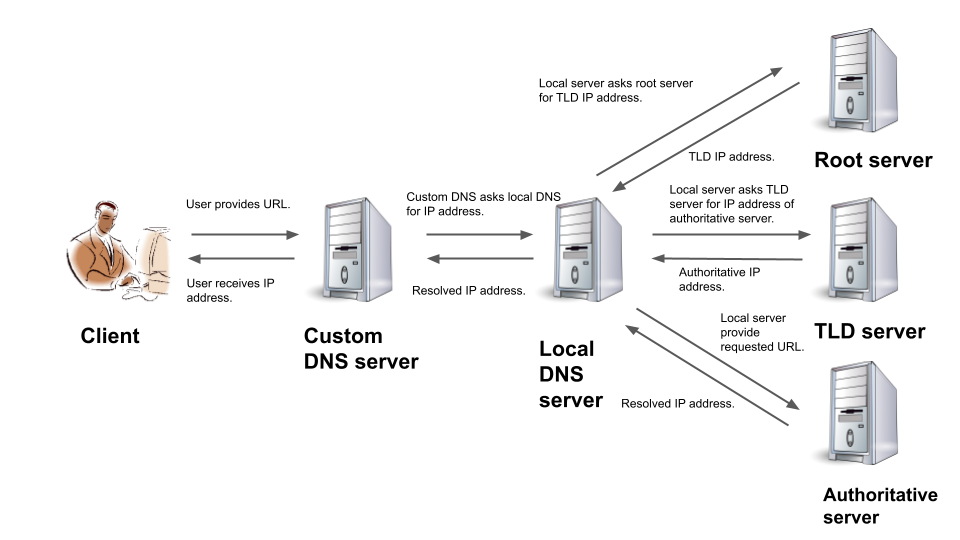
We describe the implementation of a custom Domain Name System (DNS) by using C socket programming for network communication, together with SQLite3 database for the storage of Internet Protocol (IP) for Uniform Resource Locator (URL). Then we provide a performance analysis of our implementation. Our code is available publicly [1].

In this topic, I will tell you how to dynamically parse and deserialize only part of the whole JSON document. We will create an implementation for .NET Core with C# as a language.
For example, we have the next JSON as a data source for the report. Notice that we will get this JSON in the runtime and at the compile step we don't know the structure of this document. And what if you need to select only several fields for processing?

Hi, My name is Alex and I am a DevOps engineer at Altenar. “No Windows, no problems.” - that is the answer I got by asking a guru of Ansible "How do you manage Windows?" on one of the local Ansible meetups. Although we have been running a modern stack (k8s, helm, .net core, etc) in production for about two years, that’s not how it has always been.
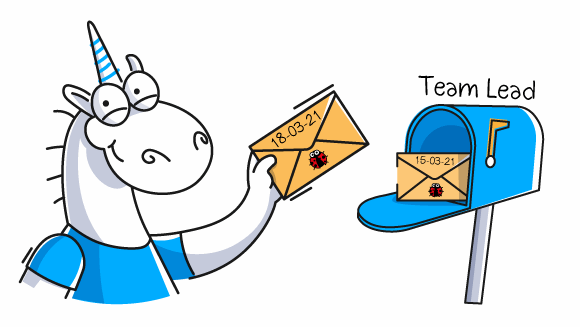
PVS-Studio user support often receives clients' suggestions on product improvement. We are happy to implement many of them. Recently one of the users suggested refining the automatic notification utility for developers (Blame Notifier). They asked us to make Blame Notifier extract the date/the code revision to which the analyzer issued a message using blame information from the version control system. This feature allowed us to expand the utility capabilities, which we'll discuss in this article.

"How much longer are you going to build it?" - a phrase that every developer has uttered at least once in the middle of the night. Yes, a build can be long and there is no escaping it. One does not simply redistribute the whole thing among 100+ cores, instead of some pathetic 8-12 ones. Or is it possible?
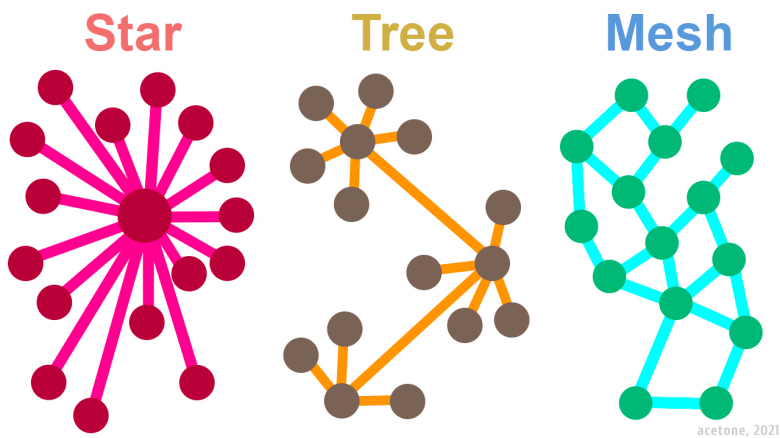
Smoothly the era of mesh-networks is upon us. At the very least, the term is appearing more and more often in the information sphere. What attracts the attention of networkers? Let's try to understand the question, taking Yggdrasil network as an example as one of the most promising prototypes. The article is intended for a wide range of readers.

Hey, hey! I am Ilya Kalchenko, a Data Engineer at NIX, a fan of big and small data processing, and Python. In this article, I want to discuss the benefits of hybrid data lakes for efficient and secure data organization.
To begin with, I invite you to figure out the concepts of Data Warehouses and Data Lake. Let’s delve into the use cases and delimit areas of responsibility.